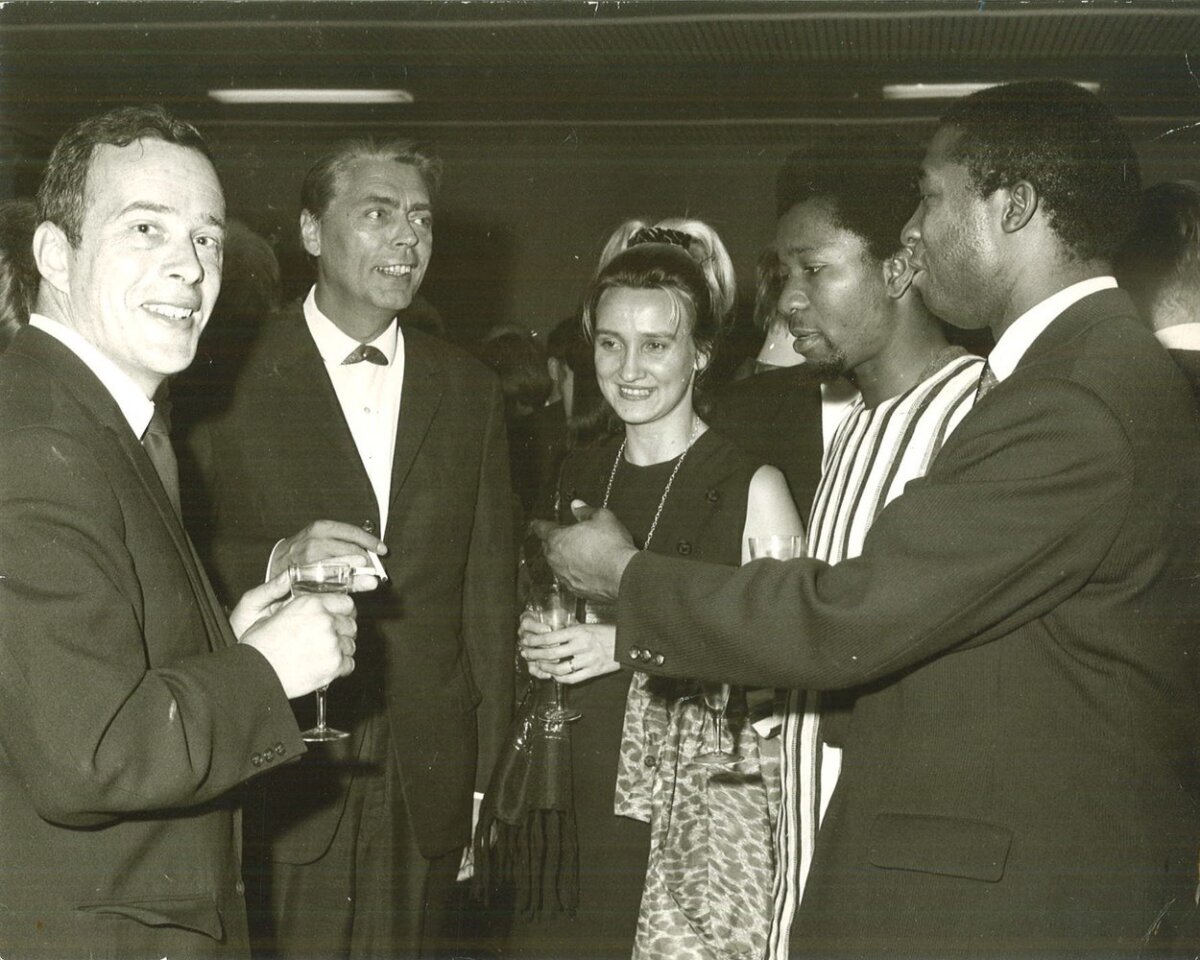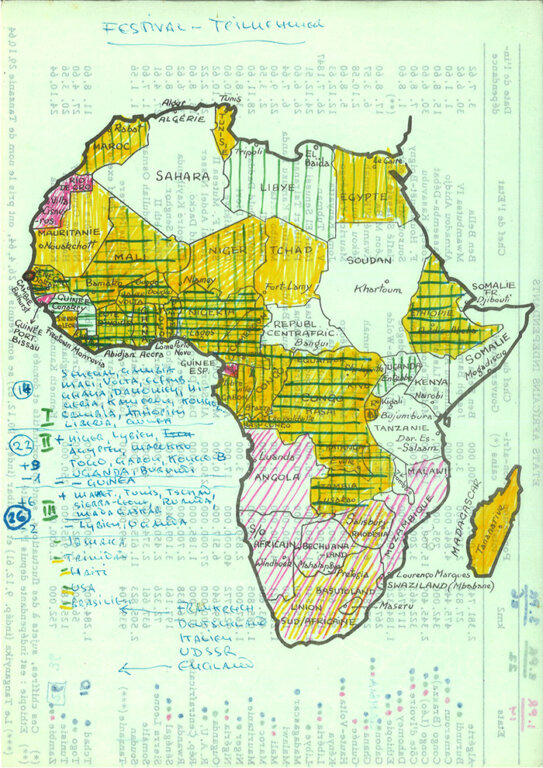Jahn’s works were global bestsellers
The anthologies Jahn edited, first and foremost the collection of poems The Black Orpheus, and his own monographs, especially Muntu. An Outline of Neo-African Culture, were translated into many languages and were global bestsellers. It was the first time modern poetry from Africa and the African diaspora was made available to a wider German readership “in a country where, after twelve years of Hitler propaganda, cultural accomplishments of non-white peoples are ignored,” as Jahn put it in a letter to the Afro-Caribbean French writer and politician Aimé Césaire. Jahn was inspired to embark on his life’s work by a lecture given by the later President of Senegal, Léopold Sédar Senghor, in Frankfurt. Jahn heard for the first time at that event work written in French by poets such as Aimé Césaire, Léon Damas, Birago Diop and Paul Niger. He was impressed and went on to dedicate himself to collecting the literature of négritude and other African literatures in European languages.
Césaire, Damas and Senghor were the founders and main representatives of négritude, which was a cultural and political movement against colonised thinking. Césaire explained the principle as follows in an interview recorded by Jahn in 1967: “Negritude is first and foremost the feeling that there is something in common for all black people dispersed around the entire world. A feeling of solidarity between black people in Africa, black people in the West Indies, black people in Brazil and black Americans. The feeling that we all have a home, a common heritage, and the will to accept the entire African cultural heritage and to modernise and enrich it.”
It was Césaire, Senghor, Damas and other black intellectuals who initiated the First International Congress of Black Writers and Artists in Paris in 1956, which was effectively organised by Alioune Diop, founder of Présence Africaine, a diaspora publishing house that remains important to this day. The congress was a clarion call for the self-empowerment of African peoples. Négritude and the cultural and political contribution of Africa and the African diaspora were discussed. Referring to the French Revolution, the participants demanded the same rights as the colonial masters had. Previously unpublished tape-recorded interviews with individual congress participants such as Frantz Fanon, Jacques Rabémananjara and Richard Wright will be available to hear in the exhibition at the former City Palace in Berlin.

